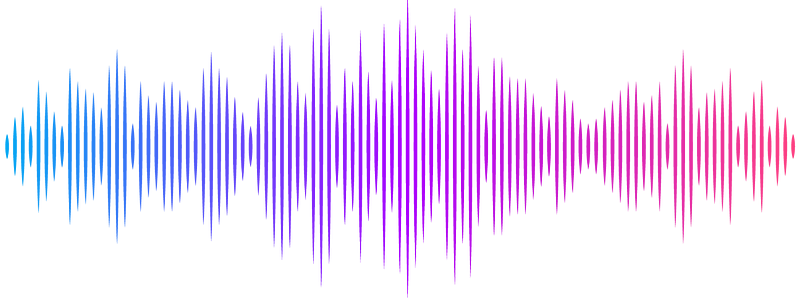Exosomes Released from Senescent Cells and Circulatory Exosomes Isolated from Human Plasma Reveal Aging-associated Proteomic and Lipid Signatures

Exosomes Released from Senescent Cells and Circulatory Exosomes Isolated from Human Plasma Reveal Aging-associated Proteomic and Lipid Signatures
Patel, S. K.; Bons, J.; Rose, J. P.; Chappel, J. R.; Beres, R. L.; Watson, M.; Webster, C.; Burton, J. B.; Bruderer, R.; Desprez, P. Y.; Reiter, L.; Campisi, J.; Baker, E.; Schilling, B.
AbstractSenescence emerged as a significant mechanism of aging and age-related diseases, offering an attractive target for clinical interventions. Senescent cells release a senescence-associated secretory phenotype (SASP), including exosomes that may act as signal transducers between distal tissues, propagating secondary or bystander senescence and signaling throughout the body. However, the composition of exosome SASP remains underexplored, presenting an opportunity for novel unbiased discovery. Here, we present a detailed proteomic and lipidomic analysis of exosome SASP using mass spectrometry from human plasma from young and older individuals and from tissue culture of senescent primary human lung fibroblasts. We identified ~1,300 exosome proteins released by senescent fibroblasts induced by three different senescence inducers causing most exosome proteins to be differentially regulated with senescence. In parallel, a human plasma cohort from young and old individuals revealed over 1,350 exosome proteins and 171 plasma exosome proteins were regulated when comparing old vs young individuals. Of the age-regulated plasma exosome proteins, we observed 52 exosome SASP factors that were also regulated in exosomes from the senescent fibroblasts, including serine protease inhibitors (SERPINs), Prothrombin, Coagulation factor V, Plasminogen, and Reelin. In addition, 247 lipids were identified with high confidence in all exosome samples. Following the senescence inducers, a majority of the identified phosphatidylcholine, phosphatidylethanolamine, and sphingomyelin species increased significantly indicating cellular membrane changes. The most notable categories of significantly changed proteins were related to extracellular matrix remodeling and inflammation, both potentially detrimental pathways that can damage surrounding tissues and even induce secondary or bystander senescence. Our findings reveal mechanistic insights and potential senescence biomarkers, enabling a better approach to surveilling the senescence burden in the aging population and offering promising therapeutic targets for interventions.


